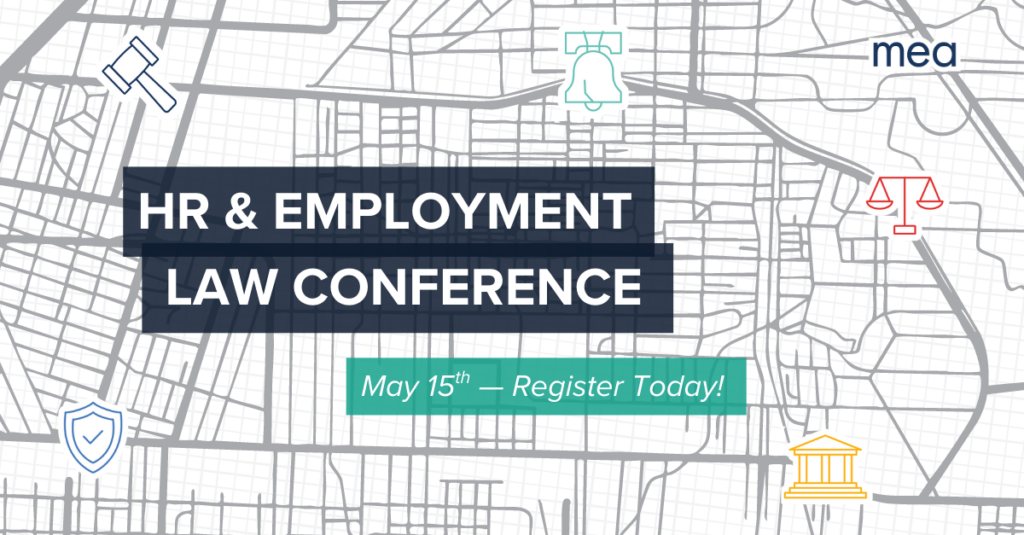Civility and Inclusion in the Workplace
For: All Employees | 2 Hours
Do your employees respect one another, your customers, and your company as a whole, regardless of what makes them unique? No matter how hard you try to foster a positive workplace culture, it can all be undone in a moment by one rogue chat, email, or comment across the water cooler.
A culture of workplace respect and inclusion —one in which harassment is simply not tolerated—must come from the top. However, implementation can be difficult and ensuring that employees understand the basic concepts and skills necessary to contribute to an inclusive environment can elude even the savviest of people leaders. Good news, help is here!
With insight, understanding, and skill development, participants can learn to value differences as opportunities and strengths and to better understand that a culture of trust and respect enhances team efforts and goal attainment.
This is an introductory level, facilitated discussion that allows for and promotes participant contribution. This workshop is designed for employees to collaborate with others in a teambuilding environment and intended to initiate dialogue among participants, to increase awareness and understanding.
Learning Objectives:
By the end of this session participants will:

